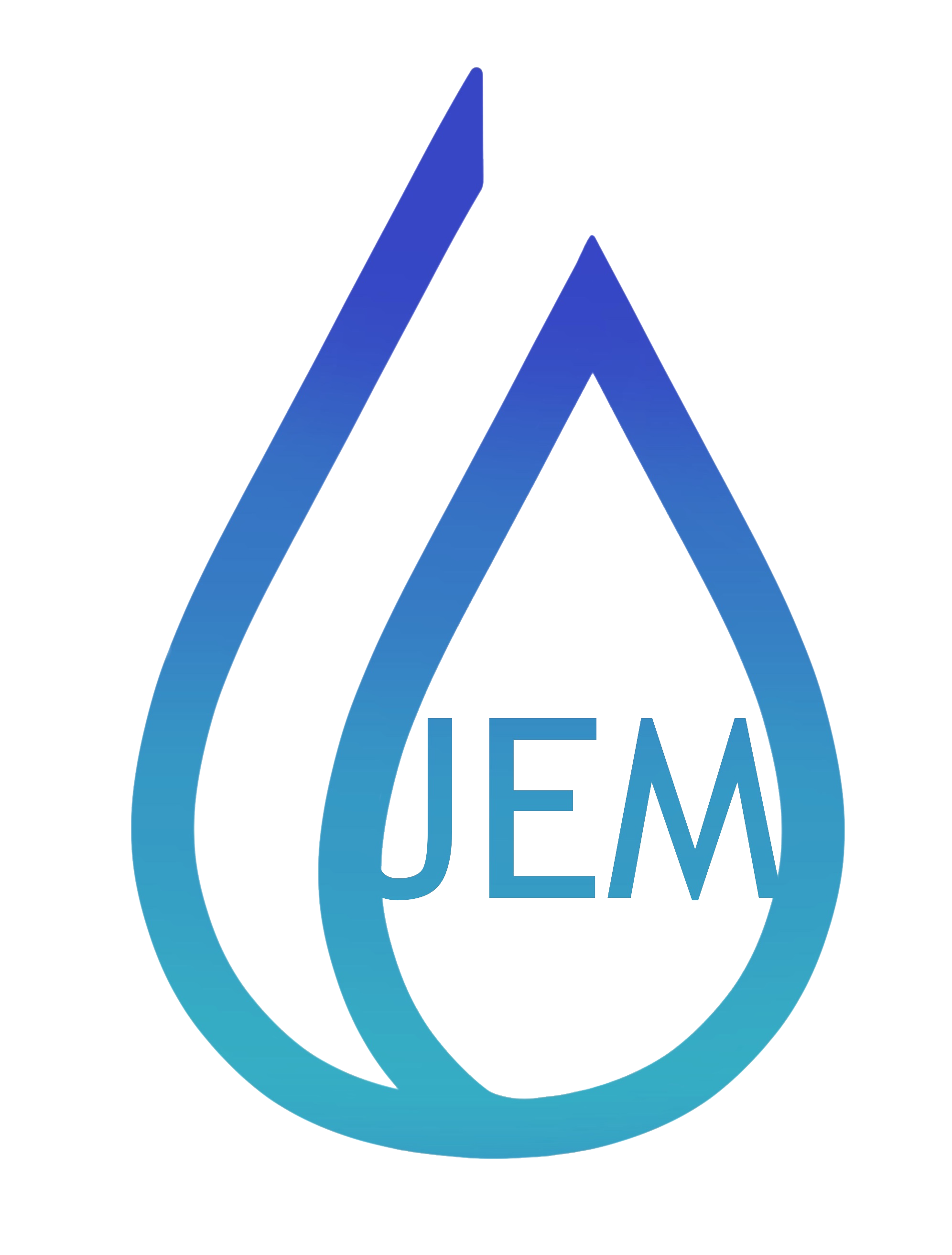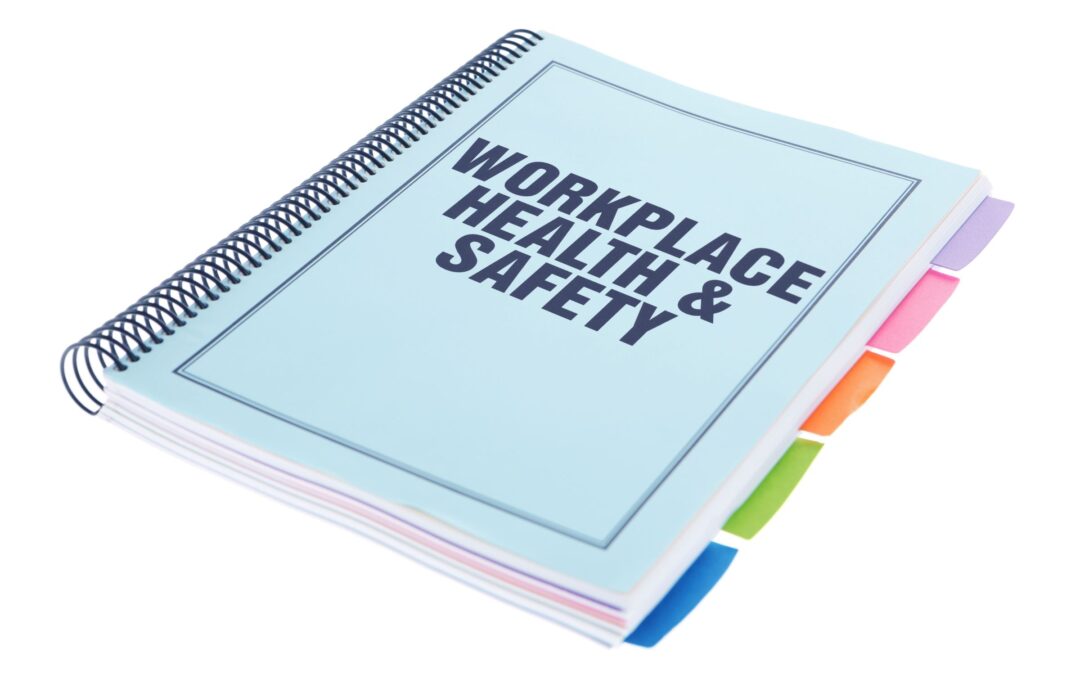Many factors affect Indoor air quality (IAQ), including poor ventilation, problems controlling temperature, high or low humidity, and other activities in or near a building that can affect the fresh air flowing into the building. The quality of air can have a significant impact on employee health, productivity, and the community. Good IAQ in facilities is essential for a healthy indoor environment.
Companies can create a safer and healthier work environment for their employees while contributing to a cleaner and more sustainable community environment by working collaboratively with regulatory agencies and implementing air quality management systems. These systems should involve regular air quality assessments, hazard identification, monitoring air contaminants, implementing control measures to reduce exposure, and training employees on air quality hazards. To prevent IAQ problems, managers should understand work processes, uses, and maintenance.
The Occupational Safety and Health Administration (OSHA) ensures safe and healthy working conditions for employees by setting and enforcing standards and providing training, outreach, education, and assistance. OSHA has established standards for air contaminants in the workplace to protect workers from exposure to harmful substances. Standard 1910 Subpart Z: Toxic and Hazardous Substances, includes occupational exposure limits (OELs) for hundreds of substances with a maximum instantaneous value, a 15-minute time-weighted average, or an exposure limit based on an eight-hour time-weighted average exposure. Also, OSHA Standard 29 CFR 1910.94 covers ventilation standards dealing with local industrial exhaust systems.
The Environmental Protection Agency (EPA) is crucial in monitoring and regulating air quality in industrial settings. The EPA sets air quality standards for ozone, particulate matter, carbon monoxide, sulfur dioxide, and nitrogen dioxide. These standards protect public health and the environment from the harmful effects of air pollution.
The National Institute for Occupational Safety and Health (NIOSH) is part of the U.S. Centers for Disease Control and Prevention and the U.S. Department of Health and Human Services. It provides technical guidance on controlling worker exposure to airborne contaminants, nanoparticles, tobacco smoke, heat, and various chemicals and biological agents.
Other industry regulatory agencies, such as the American Conference of Governmental Industrial Hygienists (ACGIH) and the American Industrial Hygiene Association (AIHA), also play essential roles in promoting air quality as a safety priority in industrial processes. These organizations provide guidelines, standards, and recommendations for ensuring that workers are protected from exposure to hazardous substances in the workplace.
Making air quality a safety priority requires collaboration between industry regulatory agencies, employers, and employees. By enforcing regulations, implementing best practices, and prioritizing air quality in industrial processes, we can protect the health and well-being of workers and the environment.
As always, stay safe out there!


Recent Comments